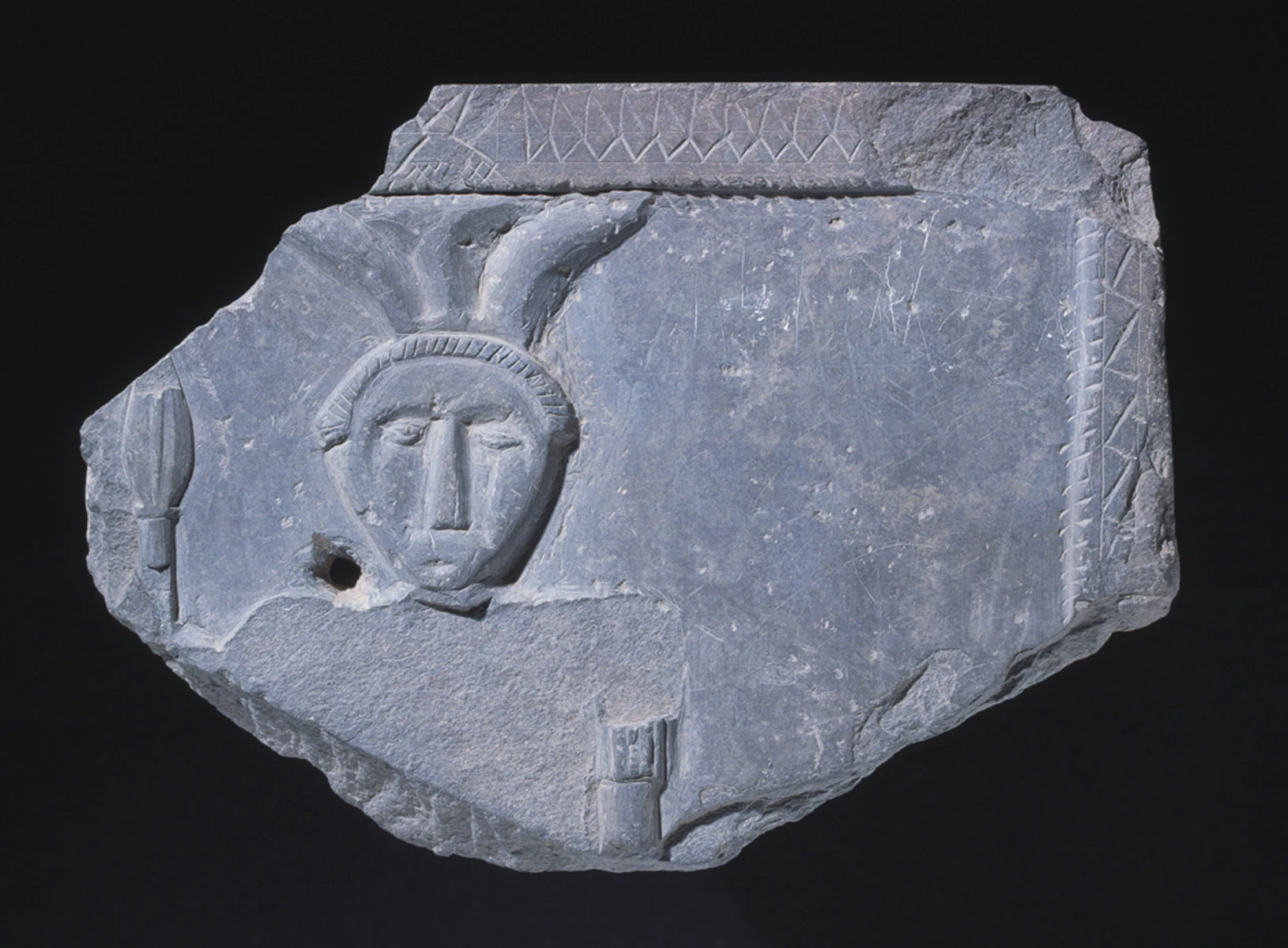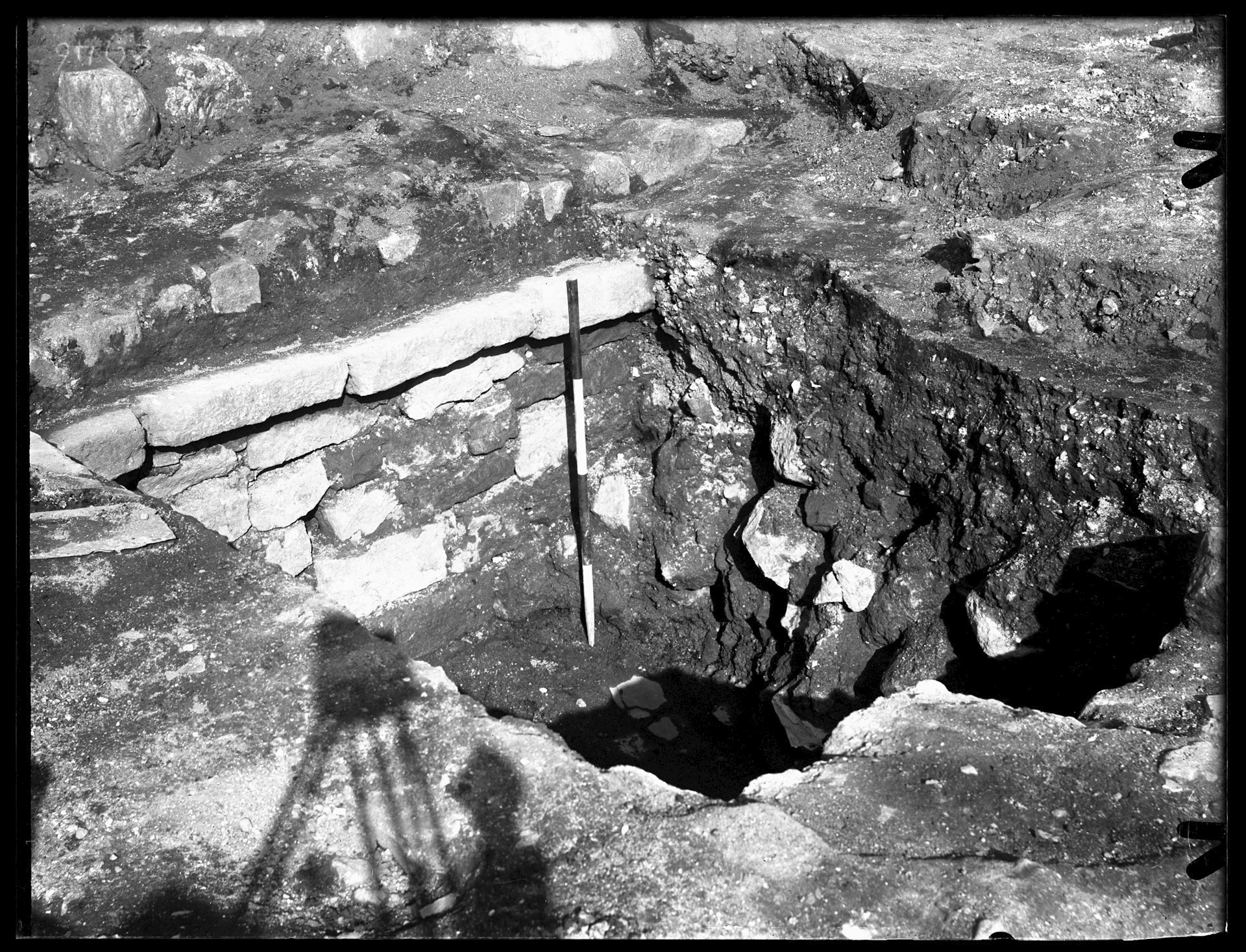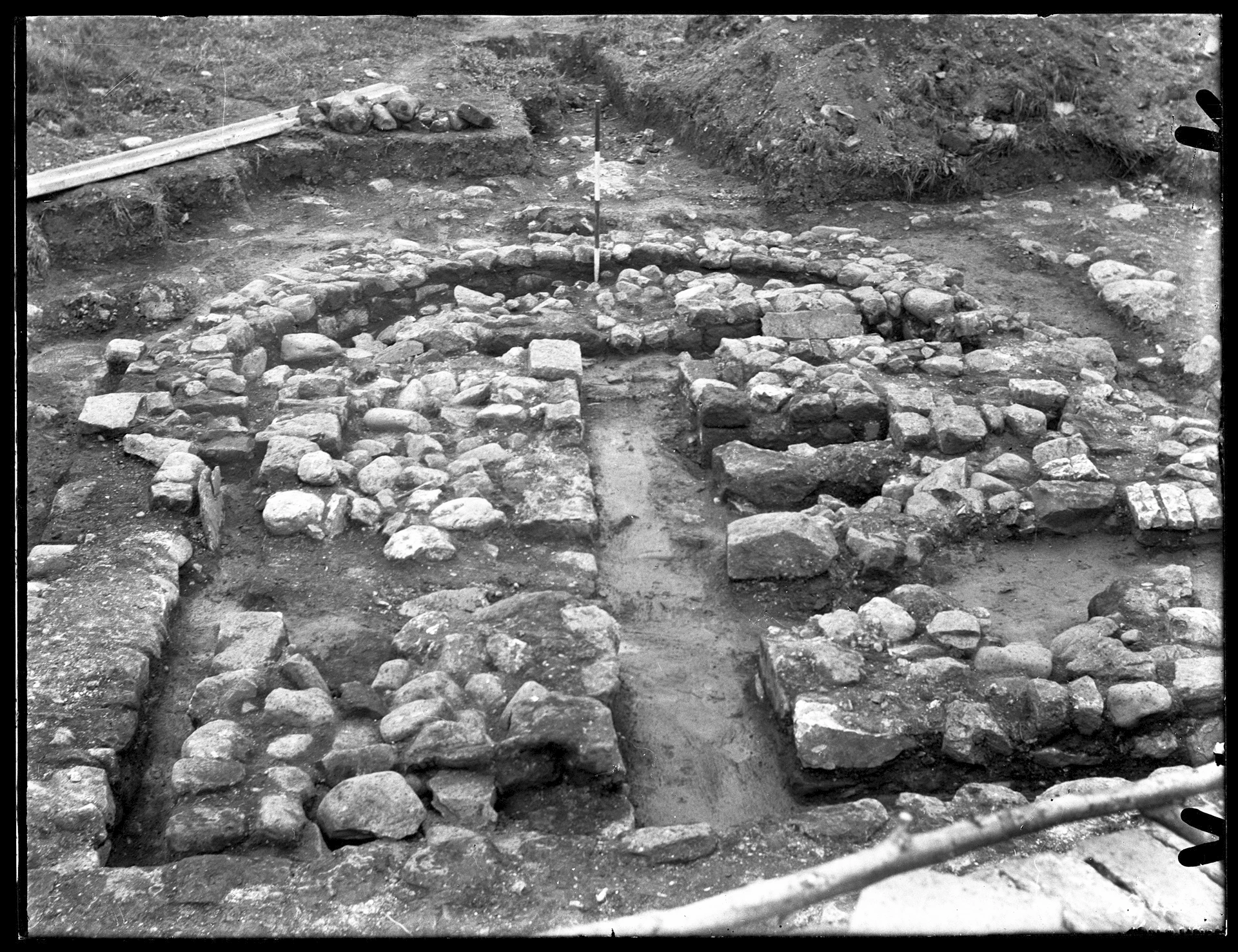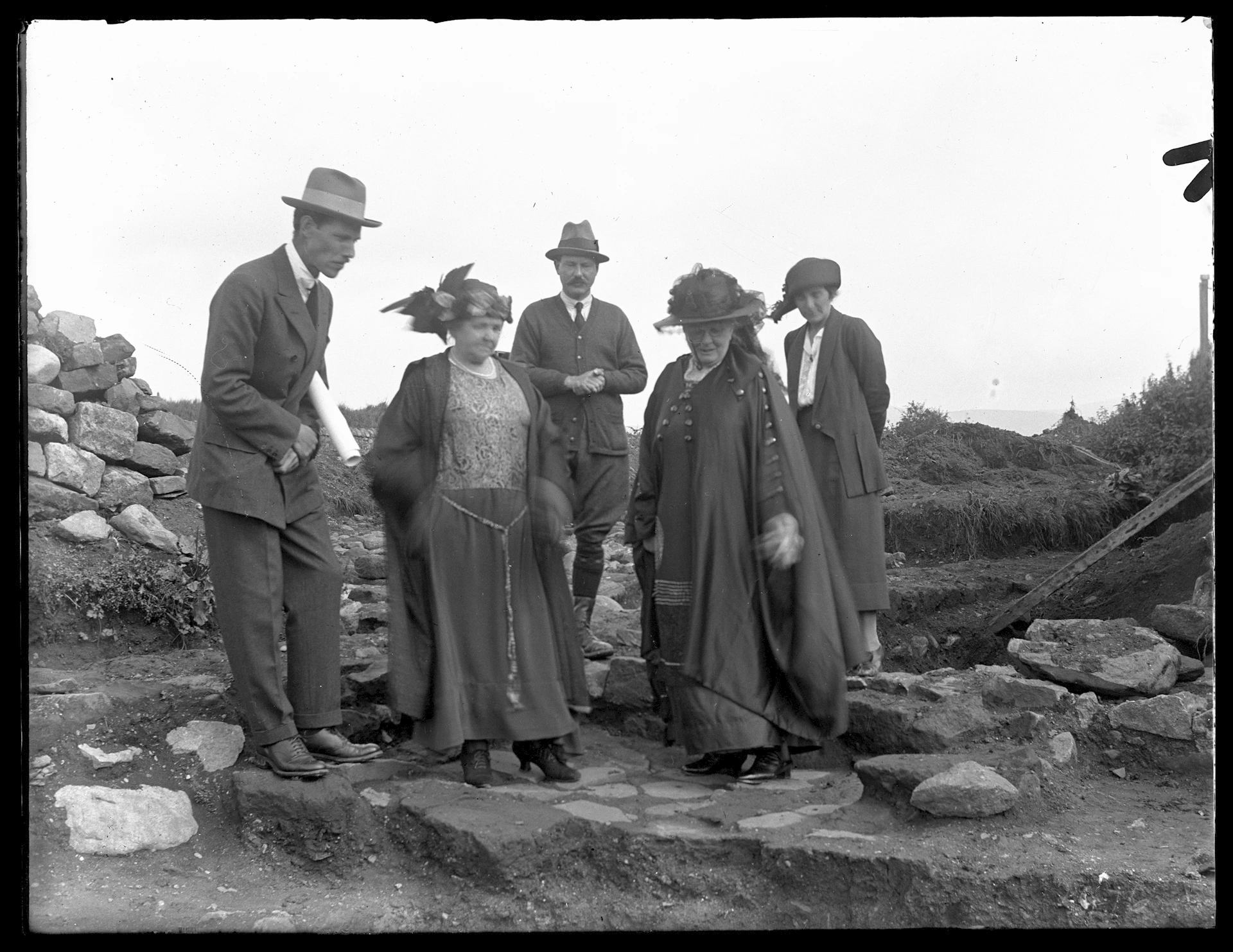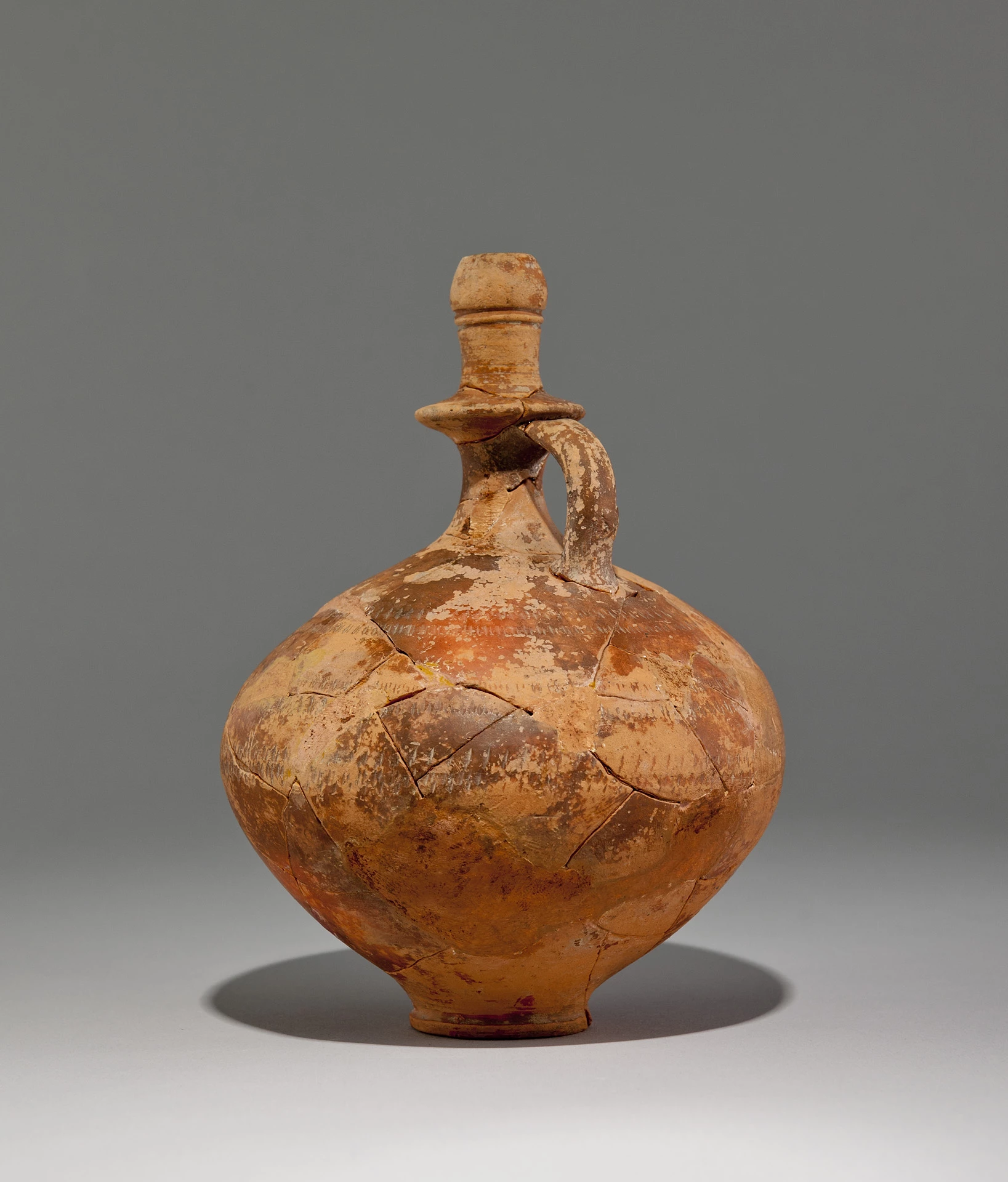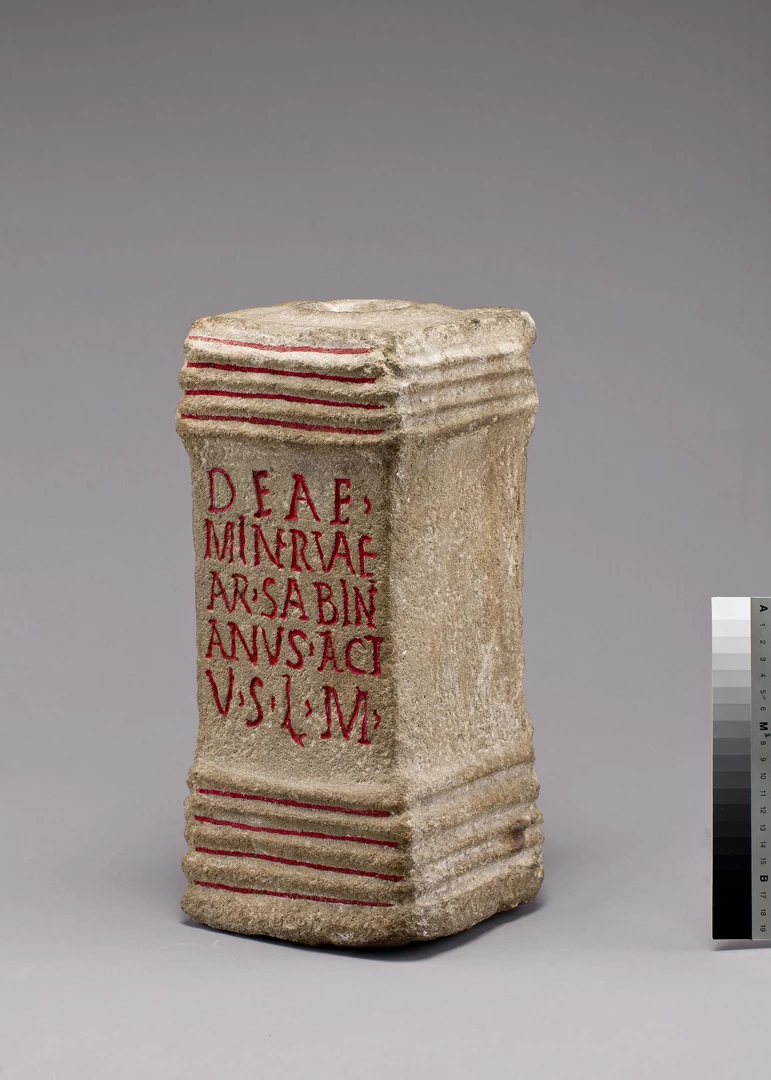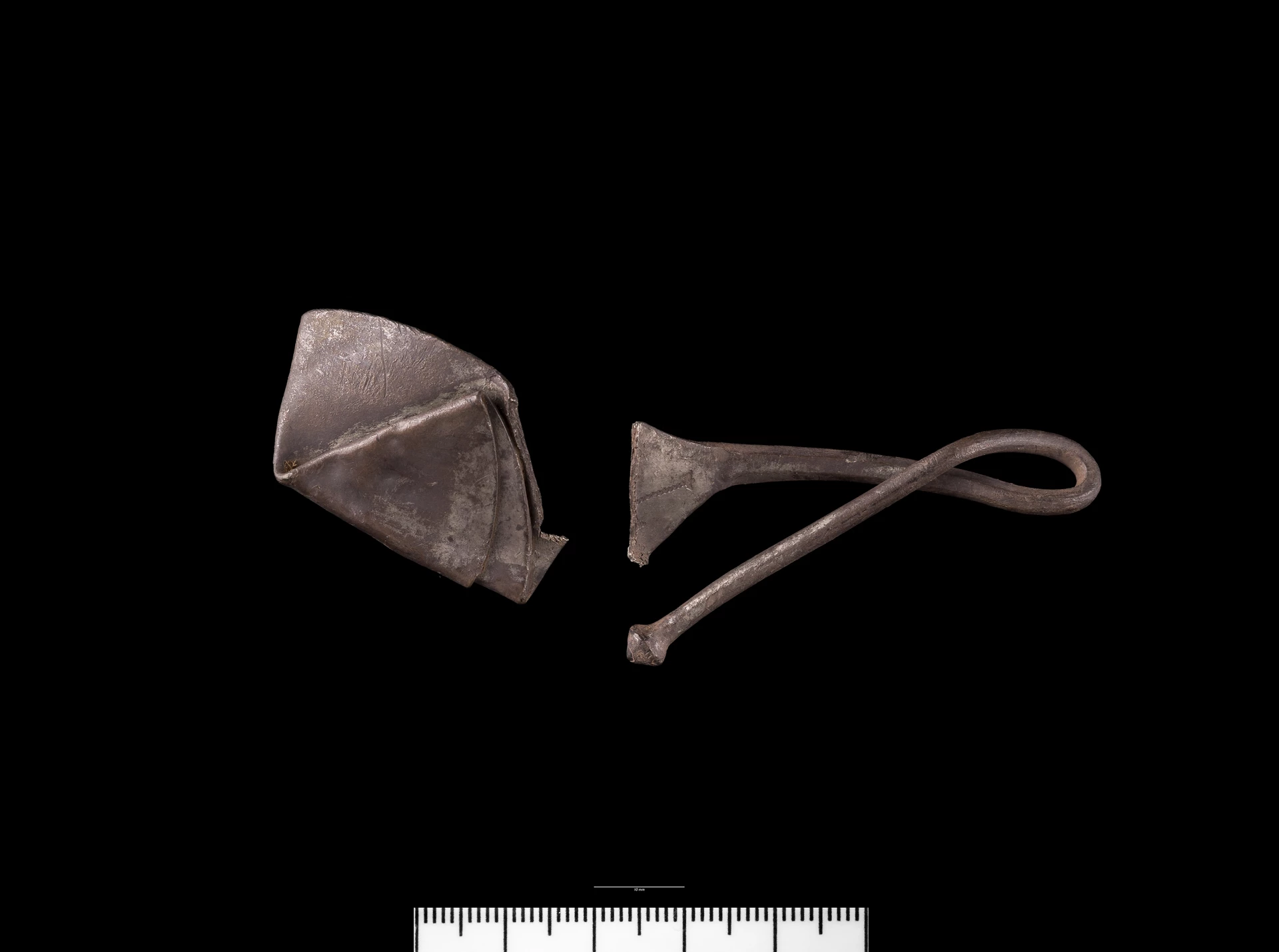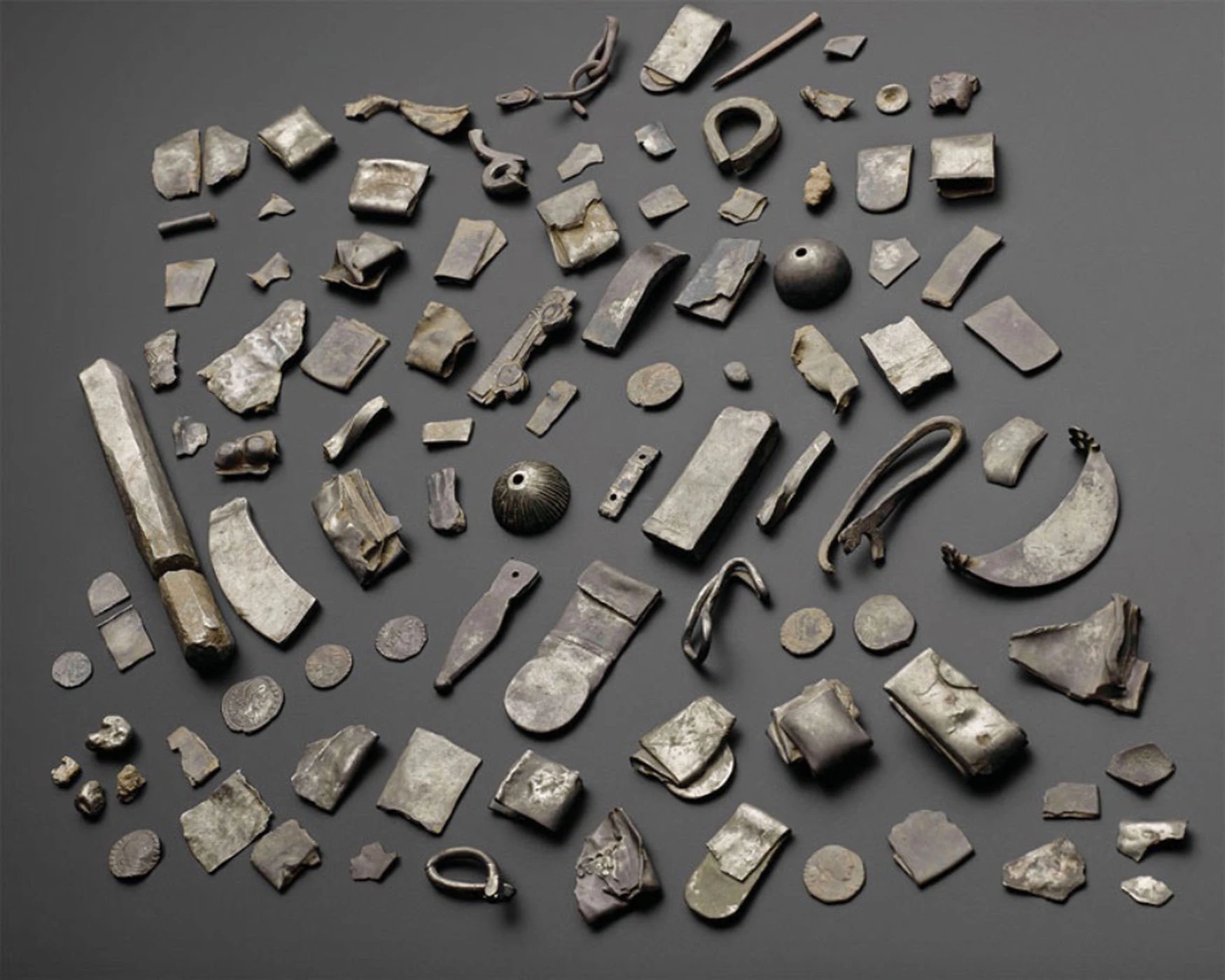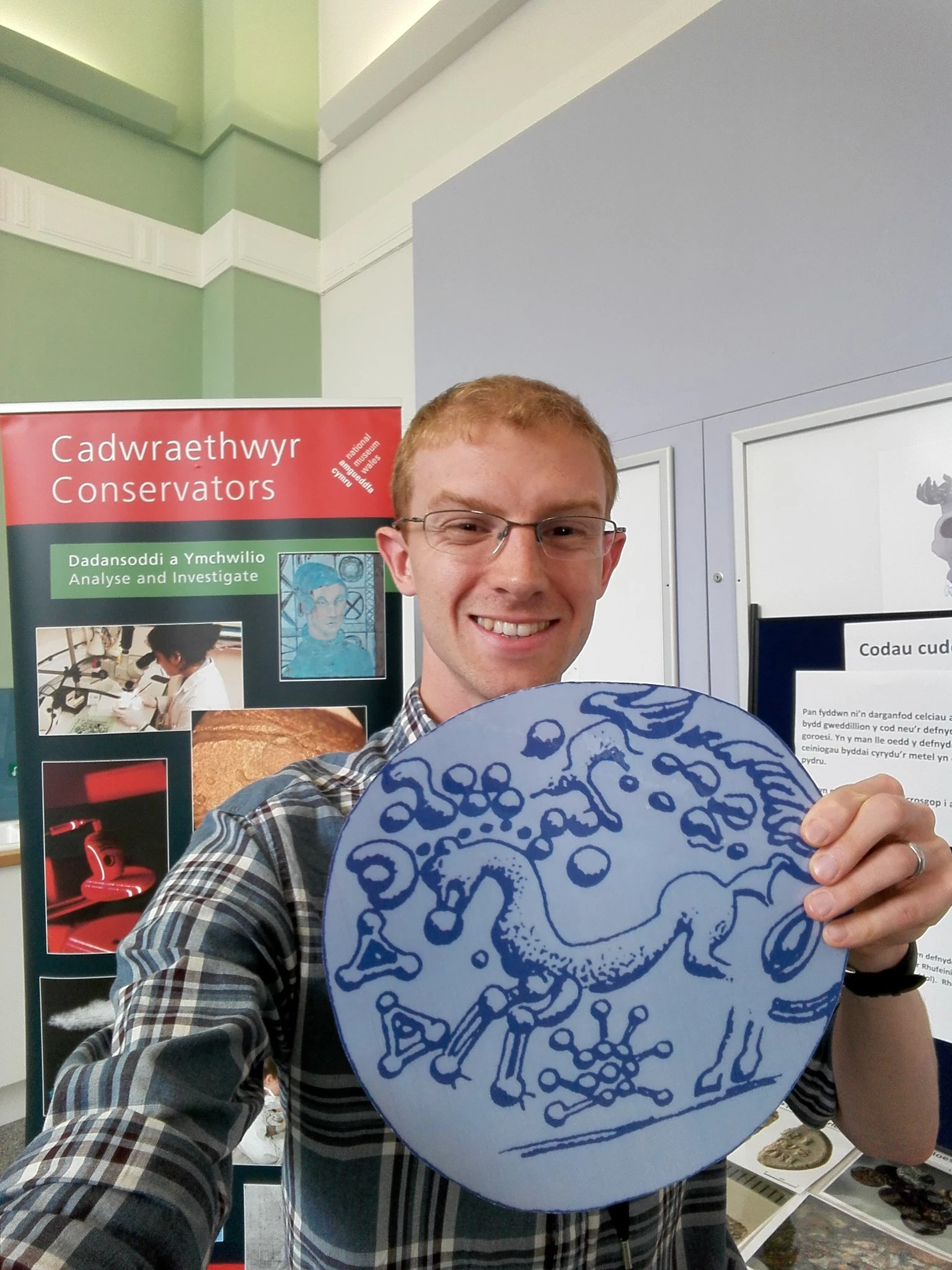Cip o’r Gorffennol – Ffotograffau o gaer Rufeinig Segontium
, 21 Medi 2017
Mae adran ffotograffiaeth Amgueddfa Cymru yn gofalu am ddelweddau pob un o’r saith amgueddfa wahanol. Yn achos yr adran Archaeoleg, mae hyn hefyd yn golygu tynnu ffotograffau o wrthrychau a sganio ffotograffau hanesyddol (e.e. printiau a sleidiau).
Isod mae esiampl o’r ddwy dechneg.
Caer Rufeinig Segontium, Caernarfon
Mae’r ffotograffau yma o’r 1920au yn dangos gwaith cloddio dan arweiniad Syr Mortimer Wheeler, Ceidwad Archeoleg Amgueddfa Cymru ar y pryd, a’r Cyfarwyddwr yn ddiweddarach. Cawsant eu sganio o blatiau gwydr, a dyma flas o’r casgliad o 102 o ddelweddau:
Seler yn adeilad y pencadlys (praetorium)
Adeilad y pencadlys (praetorium) yn ystod gwaith cloddio yn y 1920au
Syr Mortimer Wheeler (chwith) yn arwain pwysigion o amgylch y safle, gan gynnwys y Fonesig Lloyd George (blaen ar y dde)
Gall y ffotograffau fod o werth i archaeolegwyr modern sy’n dehongli’r safle, ond yn bersonol rwy’n mwynhau cael cip ar gysgod y ffotograffydd a’i dripod (pwy sydd heb wneud y camgymeriad yna?) a hetiau gwych y cyfnod!
Gall ffotograffiaeth fodern fod o gymorth hefyd. Tynnwyd y ffotograffau isod yn ddiweddar o wrthrychau a ddadorchuddiwyd yn y gwaith cloddio yn y 1920au.
Costrel a gynhyrchwyd yn Swydd Rydychen, ond a ganfuwyd yn Segontium.
Caiff ei harddangos yn orielau newydd Sain Ffagan Amgueddfa Werin Cymru.
Byddai duwies rhyfel yn gwarchod unigolyn mewn cyfyngder os byddai’n cysegri allor iddi. Canfuwyd yr allor hwn yn ystafell ddiogel adeilad y pencadlys. Arni mae’r arysgrif: I’r dduwies Minerva. Aurelius Sabinianus, actarius, a gyflawnodd ei addewid yn barod ac yn deilwng.
Cedwir y delweddau mewn archif ddigidol fel eu bod ar gael ar gyfer arddangosfeydd, cyhoeddiadau, cyflwyniadau a’r wefan.
Bydd rhai canfyddiadau o Segontium yn cael eu dangos yn orielau newydd Sain Ffagan Amgueddfa Werin Cymru fydd yn agor yn 2018.
Dilynwch y ddolen hon i weld rhagor o ffotograffau hanesyddol.
Dysgwch ragor am Gaer Rufeinig Segontium ar wefan Amgueddfa Cymru neu ar wefan Cadw.
Gyda chefnogaeth y People’s Postcode Lottery rydyn ni’n gweithio’n galed i roi ein casgliad ar-lein er mwyn i chi fedru chwilio’n bas data a chanfod gwybodaeth a delweddau o’r casgliadau eich hun.
